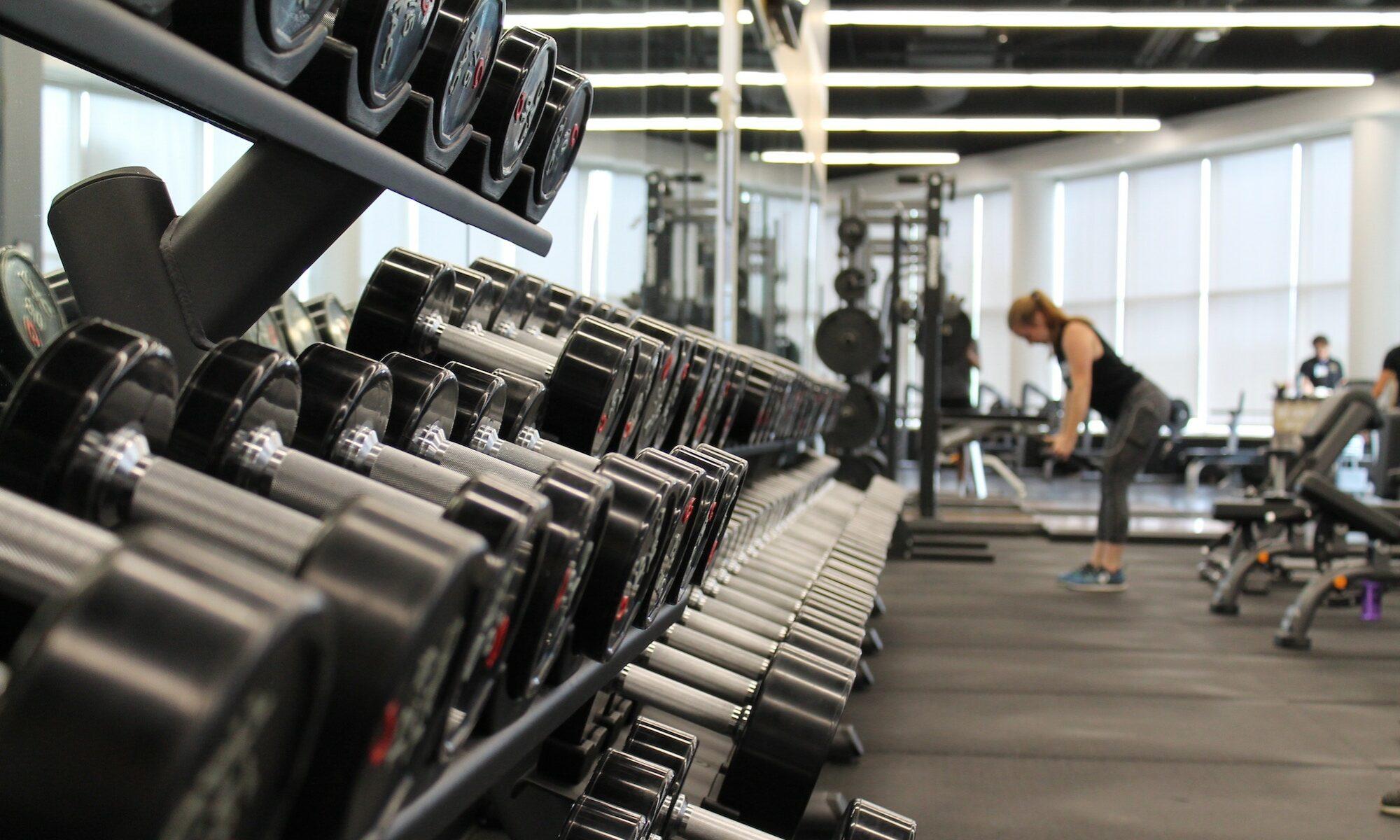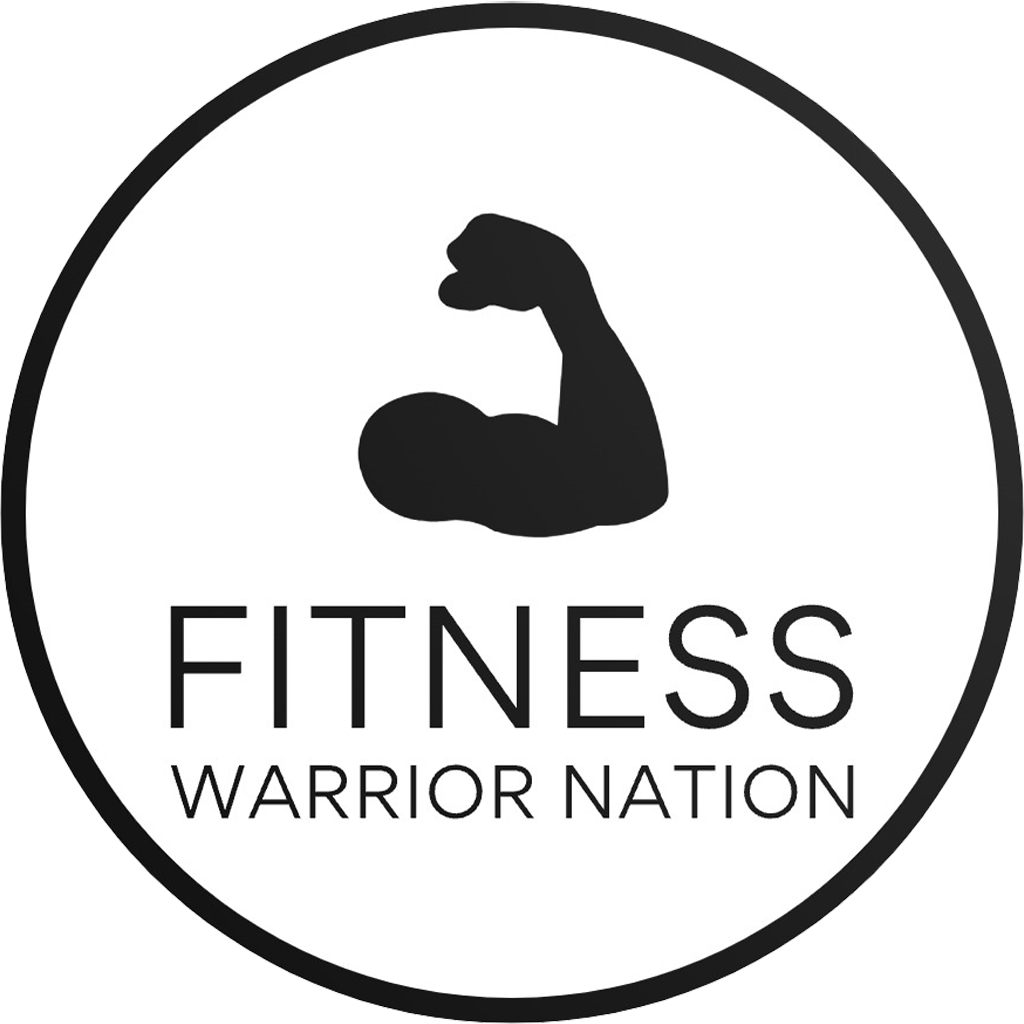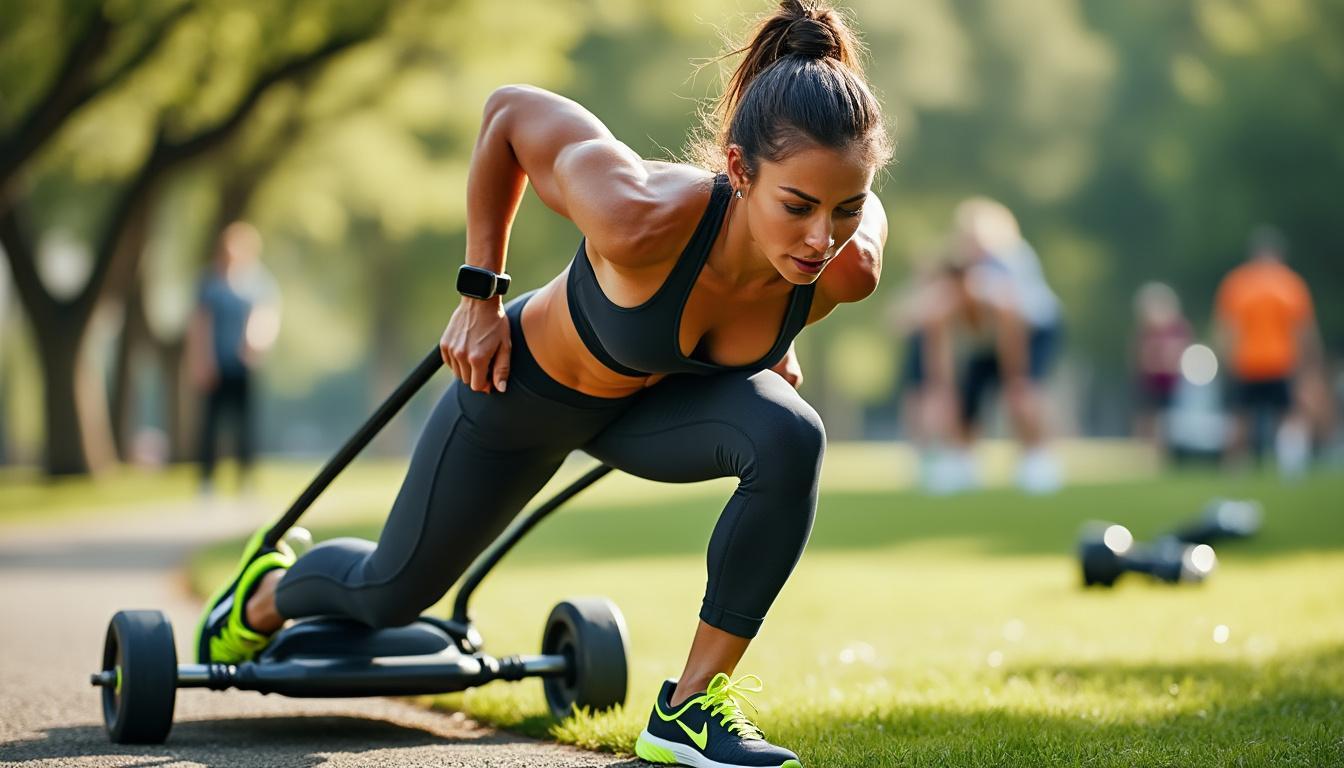Rucking has surged in popularity as a way to combine cardio and strength training, stepping outside the traditional gym setting. But in 2025, a fresh fitness trend is rapidly gaining momentum among athletes and casual exercisers alike: weighted vest training. This approach, which involves wearing a specially designed vest loaded with additional weight during workouts or daily activities, promises amplified results without the postural compromises rucking can bring. As fitness warriors seek effective methods to tone muscle, torch calories, and boost endurance, weighted vests have emerged as an ideal solution for those looking to intensify their workouts safely. Here’s a detailed exploration of why weighted vest workouts are outperforming rucking and how you can make the most of this dynamic training tool.
Why Weighted Vests Are Revolutionizing Fitness Over Rucking in 2025
The resurgence of weighted vest workouts reflects a broader trend in functional fitness, where simplicity meets efficiency. Unlike rucking, which requires carrying a heavy backpack that can pull the body backward, weighted vests distribute extra weight evenly across the upper torso, promoting a natural posture and reducing strain.
Dr. James Gladstone, chief of sports medicine at Mount Sinai Health Systems Department of Orthopedics, highlights the key physiological advantages of weighted vest training. Wearing an extra 10 to 20 pounds (or more) increases the force your muscles generate during movement, promoting more significant muscle hypertrophy and cardiovascular improvements. This additional resistance also accelerates calorie burn. For those already in good shape, weighted vests can boost workout intensity without increasing joint stress—something particularly vital for avoiding injury.
Weighted vests are far from a new innovation but their recent design improvements and versatile usage options have sparked their popularity beyond military and elite athlete circles. In contrast to rucking, the vest’s snug fit means less postural deviation, which lowers injury risk significantly. This effect is vital because rucking’s backward pull can encourage unconsciously leaning, potentially straining the lower back over time.
Comparative Benefits Over Rucking
- Postural Support: Weighted vests align the load with your center of gravity, maintaining better spinal posture.
- Increased Caloric Burn: Extra weight raises energy expenditure during similar activities.
- Bone Density Improvement: Increased load stimulates osteogenic activity, promoting stronger bones.
- Versatility: Weighted vests can be worn during various exercises beyond walking, including squats, push-ups, and box jumps.
While rucking remains an excellent outdoor cardio option, especially for those who enjoy long-distance walking adventures, the weighted vest provides a safer and more effective alternative for strength and endurance gains. It encourages balanced muscle activation without compromising technique.
For athletes invested in brands like Nike, Adidas, Under Armour, or Reebok, incorporating weighted vest workouts offers a wearable resistance training method that complements their existing gear preferences and performance goals. Similarly, fitness tracking tools such as Fitbit or apps like MyFitnessPal can help monitor the enhanced calorie expenditure and recovery metrics associated with weighted vest usage, maximizing your progression and minimizing risk.
| Feature | Weighted Vest | Rucking |
|---|---|---|
| Load Distribution | Evenly across torso | Backpack load pulling backward |
| Postural Impact | Minimal, promotes good posture | Potential backward lean and strain |
| Exercise Versatility | High (various bodyweight exercises) | Primarily walking/hiking |
| Bone Density Benefits | Promotes increased bone strength | Beneficial but less targeted |
| Caloric Burn | Increased due to weight load | Increased but posture-dependent |
Maximizing Your Workout Results with Weighted Vests: Proven Strategies
Weighted vests empower you to transform everyday exercises into a robust training session tailored to accelerate strength and endurance development. Understanding how to integrate such equipment optimally can make a substantial difference in achieving your fitness ambitions.
Start with Appropriate Weight and Fit
Choosing the right vest weight is critical. Too heavy a load can compromise form and increase injury risk, while too light may fail to elicit improvements. Typically, starting at 5-10% of your body weight is advisable. Advanced users might incrementally increase this up to 15-20% depending on activity and goals.
A vest that fits snugly prevents unnecessary shifting during movement, which enhances comfort and reduces friction points. Adjustable sternum straps offer customizable fit, especially important for users with different body types, ensuring a secure experience. This is where brands like Lululemon and Puma shine, with fitness gear designed to combine both utility and comfort.
Incorporate Weighted Vest into Diverse Workout Modalities
Weighted vests are not limited to walking or running alone. Including them in strength training and cardiovascular drills amplifies muscular demands, stimulating larger gains.
- Bodyweight Exercises: Squats, push-ups, sit-ups, and pull-ups under additional load intensify muscle recruitment.
- Explosive Movements: Sprinting and box jumps with weighted vests challenge fast-twitch muscle fibers for improved power and speed.
- Endurance Challenges: Extended sessions of walking or stair climbing while weighted increase cardiovascular conditioning.
Many fitness experts recommend cycling weighted vest usage through training phases to balance workload and recovery. Apps like Peloton and MyFitnessPal provide customizable routines and tracking to integrate these effectively.
| Exercise | Benefits with Weighted Vest | Intensity Adjustment Tip |
|---|---|---|
| Squats | Increases lower body strength and endurance | Start with lighter load; increase reps |
| Push-ups | Enhances upper body muscle activation | Focus on form; reduce weight if form falters |
| Running/Sprinting | Boosts cardiovascular fitness and speed | Use intervals; avoid long continuous weighted runs |
| Box Jumps | Improves explosive power and agility | Use light weights; prioritize landing technique |
Integrating weighted vests offers a scalable way to tailor workouts to evolving fitness levels. By combining traditional bodyweight movements with this added resistance, you mimic real-life physical challenges that improve functionality and athleticism simultaneously.
Who Should Incorporate Weighted Vests into Their Fitness Regimen?
Weighted vests aren’t just for elite athletes or military personnel. Understanding who benefits most—and who should exercise caution—is essential to harness their full potential responsibly.
Ideal Candidates for Weighted Vest Training
According to sports medicine specialists, individuals who are past skeletal maturity, typically over 18 years, stand to gain the most. This includes:
- Fitness Enthusiasts: People with a solid exercise base aiming to escalate their training efficiency.
- Bone Health Focused: Those with osteopenia or looking to boost bone density safely.
- Cross-Training Athletes: Wanting to add variety and intensity without needing new equipment.
- Seniors with Controlled Training: With proper supervision, weighted vests can help maintain lean muscle and bone mass.
Moreover, weighted vests have been adapted for different body types, with adjustable straps and padding promoting comfort across genders. For example, women, especially those with larger chest sizes, can benefit from models designed with sternum strap adjustability, enhancing comfort and usability.
Who Should Approach Weighted Vests with Caution?
Weighted vest usage is not universally safe for everyone. It may pose risks for:
- Beginners: Those just starting fitness routines should build foundational strength before adding weighted resistance.
- Individuals with Joint or Bone Issues: Osteoporosis, arthritis, or brittle bones could worsen under added load.
- People with Postural Challenges: Excess weight can exacerbate imbalances without proper supervision.
In such cases, consulting with a healthcare or fitness professional is crucial before integrating weighted vests. Prioritizing correct load increments and monitoring for pain or discomfort prevents injury and supports longevity in fitness.
| Population | Weighted Vest Benefit | Precaution |
|---|---|---|
| Active Adults | Enhances strength and endurance | Progress load gradually |
| Older Adults | Maintains bone density | Use under supervision |
| Begginners | Potential for improved fitness | Build base fitness first |
| People with Joint Issues | May worsen symptoms | Consult doctor first |
Integrating Weighted Vests with Popular Fitness Routines and Gear in 2025
The synergy between weighted vest training and cutting-edge fitness routines is revolutionizing workout culture. Whether you’re into high-intensity interval training (HIIT), Pilates, or endurance sports, weighted vests add an extra dimension that yields faster gains.
Weighted Vests and HIIT for Enhanced Fat Burn
Incorporating weighted vests into HIIT sessions is a game-changer. The added load compels your muscles and cardiovascular system to work harder during explosive bursts, accelerating fat loss and tone development. Programs like those found on Fitness Warrior Nation’s HIIT guides recommend vest use for advanced trainees ready to push past plateaus.
Pilates and Core Workouts Amplified
While Pilates emphasizes body control and core stability, adding a weighted vest can elevate the challenge by increasing resistance without compromising technique. The results translate into stronger postural muscles and enhanced functional fitness. Find detailed vest-friendly Pilates workouts at Fitness Warrior Nation Pilates routines for those looking to tone and strengthen simultaneously.
The Role of Wearable Technology
Integrating weighted vest workouts with technology such as Fitbit or Peloton allows athletes to quantify their output and recovery. These devices can monitor heart rate variability and caloric burn in real-time, delivering actionable insights for smarter training sessions and maximized results.
| Fitness Routine | Weighted Vest Advantage | Recommended Gear Brands |
|---|---|---|
| HIIT | Boosts power and endurance | Nike, Under Armour |
| Pilates | Increases core resistance | Lululemon, Reebok |
| Endurance Training | Improves stamina and bone density | Puma, Adidas |
| General Fitness | Enhanced caloric burn | MyFitnessPal, Fitbit |
Safety Tips and Best Practices for Successful Weighted Vest Training
Prioritizing technique and safety ensures weighted vest training supports your fitness journey without setbacks. Here are expert guidelines to consider:
- Gradual Load Increase: Start with lighter weights, increasing gradually to avoid muscle strain.
- Proper Vest Fit: Ensure the vest fits snugly to prevent shifting, avoid disruption of your natural biomechanics.
- Watch Your Posture: Maintain proper alignment during all activities to minimize injury risk.
- Combine with Recovery Strategies: Hydrate well, nourish your body effectively, and incorporate rest days to promote muscle repair. Resources like Fitness Warrior Nation’s health boosting exercises can support recovery.
- Consult Professionals: Seek advice when introducing weighted vest training, especially if you have pre-existing conditions.
Wearing weighted vests demands awareness of body response. Discomfort or pain means it’s time to adjust weight or technique. Listening to your body and using smart devices like Fitbit to track heart rate and stress can guide safer, progressive training.
| Safety Aspect | Recommendation | Potential Consequence of Neglect |
|---|---|---|
| Load Management | Increase weight progressively | Muscle strain or joint injury |
| Vest Fit | Adjust straps for snug comfort | Chafing or imbalance |
| Posture | Maintain alignment during movement | Back pain or injury |
| Recovery | Incorporate hydration and rest | Delayed recovery and fatigue |


